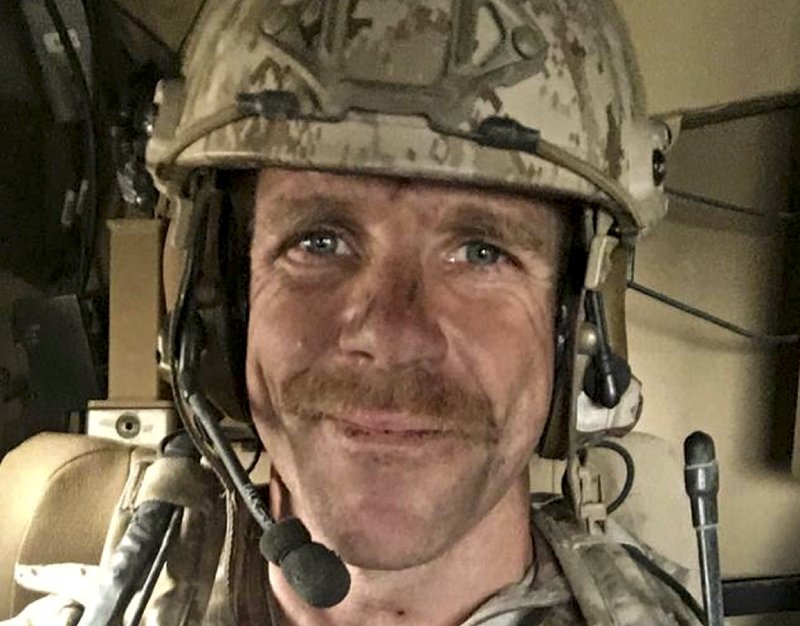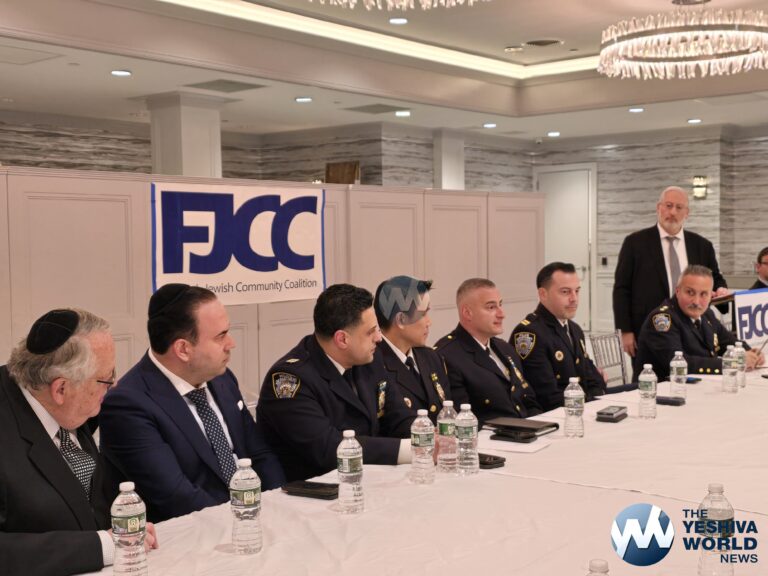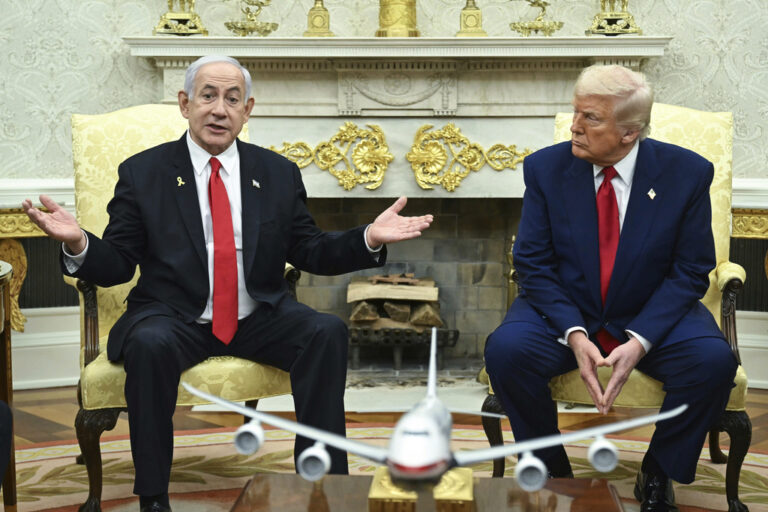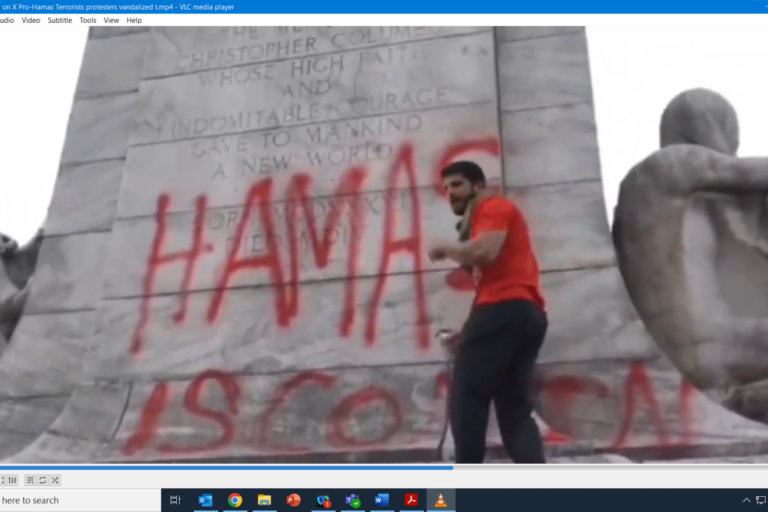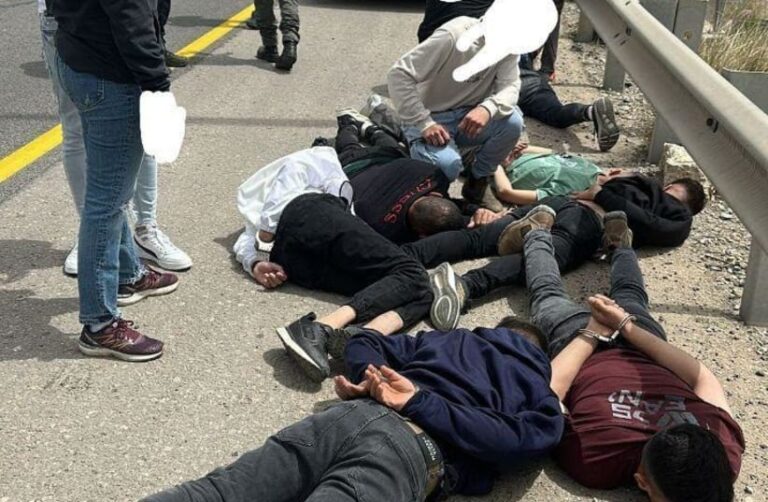It was called the “The Sewing Circle,” an unlikely name for a secret subsect of Navy SEALs. Its purpose was even more improbable: A chat forum to discuss alleged war crimes they said their chief, a decorated sniper and medic, committed on a recent tour of duty in Iraq.
The WhatsApp group would eventually lead to formal allegations that Special Operations Chief Edward Gallagher fatally stabbed a wounded Islamic State captive in his care and shot civilians in Iraq in 2017.
Gallagher, 40, has pleaded not guilty to the charges.
A jury of mostly combat Marines will ultimately decide the fate of the 19-year-veteran and Bronze Star recipient charged with murder, attempted murder and conduct prejudicial to good order and discipline for posing with the corpse for photographs.
No matter the outcome, the court-martial at Naval Base San Diego has provided a rare view into the insular Navy SEAL community and likely will have a long-term impact on one of the military’s most secretive and revered forces. It has pitted veterans against each other both inside the courtroom and out in a fierce debate over brotherhood, morality and loyalty.
“SEALs, it seems to me, have been seeing themselves as God-like on the battlefield, and there is a real danger in taking that view of one’s unit or one’s self,” said Gary Solis, a former military judge and Marine Corps prosecutor who teaches law at Georgetown. “I think this will alert the SEAL community that the rules apply to them.”
The case has laid bare challenges among U.S. special forces as the United States increasingly relies on such troops, which make up only 2% of the military yet carry out most of its battles around the globe.
A number of special forces members are on trial this year. A U.S. Navy SEAL last month pleaded guilty to hazing and assault charges for his role in the 2017 strangulation of a U.S. Army Green Beret in Africa.
The scandals have prompted a review by the Navy’s top commanders into the behavior of the special warfare teams. During Gallagher’s trial, it was revealed that nearly all his platoon members readily posed for photos with the dead militant and watched as Gallagher read his reenlistment oath near the body in an impromptu ceremony.
Lt. Jacob Portier, the officer in charge, has been charged separately for overseeing the ceremony and not reporting the alleged stabbing.
The trial also has shown the struggles of military courts in prosecuting alleged war crimes. The lead prosecutor was removed after allegedly tracking the defense team’s emails to find a news leak, and the lead investigator acknowledged on the stand making mistakes.
Closing arguments are expected Monday. A jury of five Marines and two sailors, one a SEAL, will weigh whether Gallagher, on his eighth deployment, went off the rails and fatally stabbed the war prisoner as a kind of trophy kill, or if the boy died from wounds sustained in an airstrike and Gallagher is being falsely accused by junior SEALs trying to permanently oust a platoon chief they hate.
Nearly a dozen SEALs have testified over the past two weeks. Most were granted immunity to protect them from being prosecuted for acts they described on the stand.
Seven SEALs said Gallagher unexpectedly stabbed the prisoner on May 3, 2017, moments after he and the other medics treated the 17-year-old boy.
Two SEALs testified they saw Gallagher plunge his knife into his neck, including Special Operator Corey Scott, who stunned the court when he said he was the one who ultimately killed the teen by plugging his breathing tube with his thumb as an act of mercy. The Navy has said it’s considering perjury charges against Scott.
An Iraqi general who handed the wounded prisoner to the SEALs testified that Gallagher did not stab the boy. And Marine Staff Sgt. Giorgio Kirylo said after the militant died that he moved the body to take a “cool guy trophy” photo with it and saw no stab wounds on his neck.
Gallagher also took photos of himself with the corpse. In one picture, he’s holding up his knife in one hand and holding the militant by his hair with his other hand. He later boasted in a text, “got him with my hunting knife.” Defense lawyers say it was just a warrior’s attempt at dark humor.
“The Sewing Circle,” the WhatsApp group chat, formed with a select few members of Alpha platoon after they returned to San Diego from their deployment in 2017.
In the thread, Gallagher was referred to as “El Diablo,” Spanish for “the devil.”
“Not sure how to handle him,” Scott texted. “But he is ready to fight and kill.”
Gallagher’s lawyers say the group chat was used to orchestrate a smear campaign to bring down their demanding platoon chief. A SEAL troop commander told the court that the allegations, which he took no action on for months, were suspect because they came about as Gallagher was being considered for a Silver Star and a promotion. Platoon members testified that the team was fractured, and the running joke was that if something was missing from a care package, Eddie took it.
But his accusers said it went beyond the theft of sunglasses and snacks. “The Sewing Circle” members tried to distinguish themselves as the “True Brotherhood” vs. the “Real Brotherhood,” which supporters of Gallagher have coined for themselves.
“The Real Brotherhood is people who are OK with war crimes,” said Dylan Dille, a former SEAL sniper from the platoon who testified that Gallagher took shots at civilians from the sniper tower, hitting an old man and young girl. He did not see him pull the trigger either time.
Defense attorney Timothy Parlatore shot back that maybe the Real Brotherhood “are older guys who don’t like you and other SEALs who tell lies.”
Special Operations Chief Craig Miller, who was also part of “The Sewing Circle,” testified that he saw Gallagher stab the captive multiple times with a custom-made knife Gallagher would carry in the belt loops of his pants. Miller said he told the platoon’s officer in charge about the stabbing during their tour but that nothing happened.
SEAL sniper Dalton Tolbert told the court he did not recall who started the chat group but that the intent was to talk with others who were disturbed by what they saw on the deployment and decide what to do.
“I shot more warning shots to save civilians from Eddie than I ever did at ISIS. I see an issue with that,” Tolbert texted others.
After plans were discussed about going to the commodore, an investigation was opened and Gallagher was arrested.
Weeks before the trial, Tolbert, who was accepted to the famed SEAL Team 6 that killed Osama bin Laden, sent a text urging his teammates to speak up no matter what was at stake.
He told the court his dream of doing covert operations with Team 6 is likely over now that he’s been publicly identified in the case.
(AP)

